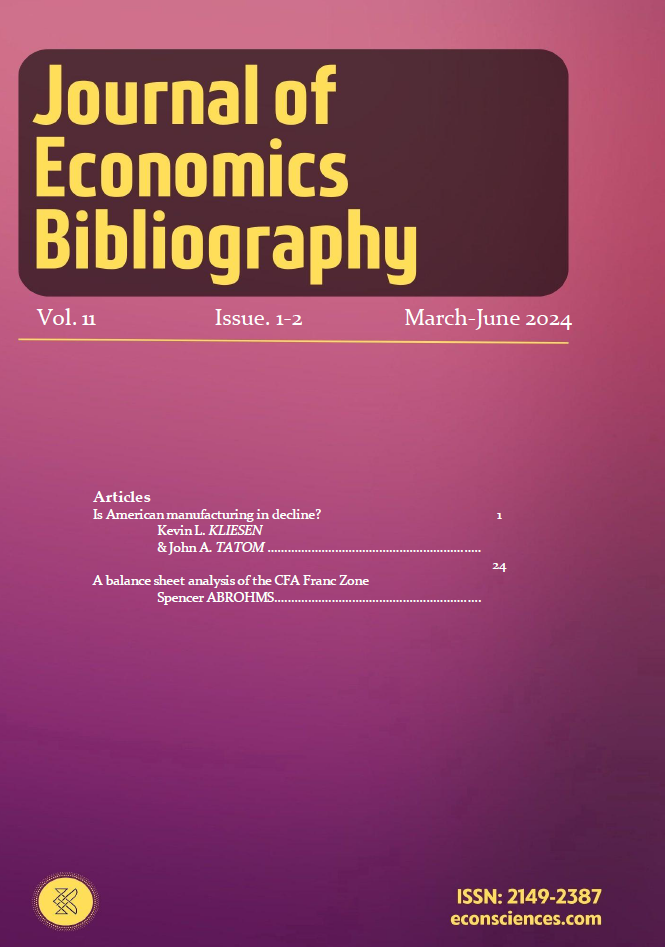Abstract
The CFA Franc zone was established in 1945 and linked France’s African colonies to the French franc while at the same time allowing for some degree of separation. Reflecting a cleavage that had developed during World War II, the zone consisted of a West African and a Central African component, represented today by two regional central banks, BCEAO and BEAC, respectively. Despite the technical distinction between the currencies, their parities with the French franc and later the euro have remained identical for over 70 years; thus, the zones can be treated together. This paper reviews the history of the CFA franc zone and highlights the major shifts it has undergone. Next, it analyzes the various components of the two central banks’ balance sheets, with a focus on each bank’s composition of assets and liabilities and how these have evolved over time. Subsequently, it applies statistical approaches to the balance sheets to assess to what extent the CFA franc zone resembles a currency board. An accompanying spreadsheet workbook digitizes certain balance sheet data for the first time.
Keywords. Banking; Balance sheet; French Equatorial Africa; French West Africa.
JEL. E58; N 17; N18.

This work is licensed under a Creative Commons Attribution-NonCommercial 4.0 International License.
